Book of the Month: Photography as Analytical Practice
Book of the Month: Photography as Analytical Practice
February 14, 2022
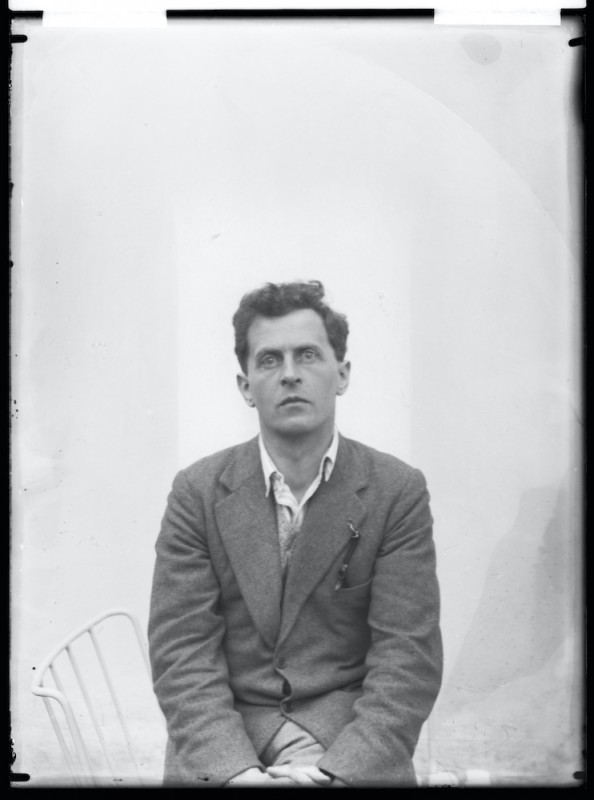
Moriz Nähr, Ludwig Wittgenstein. Portrait on the occasion of the allocation of the Trinity College Grant, 1929. 1928/29 © Klimt Foundation, Vienna. Photo: Klimt Foundation, Vienna
Born into an upper middle-class environment, Wittgenstein's contact with photography as he grew up was par for the course, as his family's circle of acquaintances included many photographers. A visual thinker, he himself began taking self-portraits and pictures taken in photo booths, using them for his own explorations of reality, discovery and self-expression. He also explored composite photography, collected and arranged pictures, and put them together in albums. Last but not least, he became interested in the ambivalence between the representation and the falsification of reality. He once even wrote a letter to a friend announcing a book to be titled Laocoön for Photographers. This book never actually appeared; however, its ideas and content are followed up in detail in this current photo book. Even at the very end of his life, his life partner Ben Richards took a picture of him on his deathbed, on April 29, 1951 – a photo that Wittgenstein himself probably requested to be taken.
As the title of the project suggests, an exhibition about Wittgenstein alone would probably have been too theoretical and unwieldy. Therefore, the display is accompanied by 46 other artistic works; and these are also included in the catalogue. Among the contributors are Anna and Bernhard Blume, Christian Boltanski, Hanne Darboven, Nan Goldin, Gerhard Richter, Martha Rosler, Thomas Ruff, Cindy Sherman, Hiroshi Sugimoto and Andy Warhol. Divided into chapters – such as Composite Photography and Blurring, (Self-)Portraits, The Album, Portraits and Photographed Spaces – the exhibition offers an intriguing physical layout, which is also reflected in the catalogue. The project triggers a colourful round of associations and thought processes, creating an exciting and complex dialogue between the philosopher's thinking and the artists' works. Though these works do not refer to Wittgenstein's thoughts in concrete terms, they deal with or question the relevance of his ideas: to what degree can you trust a photograph; what reality does it reflect; and what is the meaning of blurriness? Even though no concrete answers are given, a powerful space of resonance with a playful character emerges, which would certainly have pleased the philosopher as well. (Ulrich Rüter)
Ludwig Wittgenstein. Photography as an Analytical Practice (exhibition catalogue Leopold Museum, Vienna)
Produced by Verena Gamper and Hans-Peter Wipplinger, with texts by Verena Gamper, Elisabeth Edith Kamenicek, Michael Nedo, Ulrich Richtmeyer, Gregor Schmoll, Joseph Wang-Kathrein.
304 pages, ca. 580 images, 25.3 x 28 cm, German, English.
Published by Buchhandlung Walther und Franz König

Moriz Nähr, Ludwig Wittgenstein. Portrait on the occasion of the allocation of the Trinity College Grant, 1929. 1928/29 © Klimt Foundation, Vienna. Photo: Klimt Foundation, Vienna
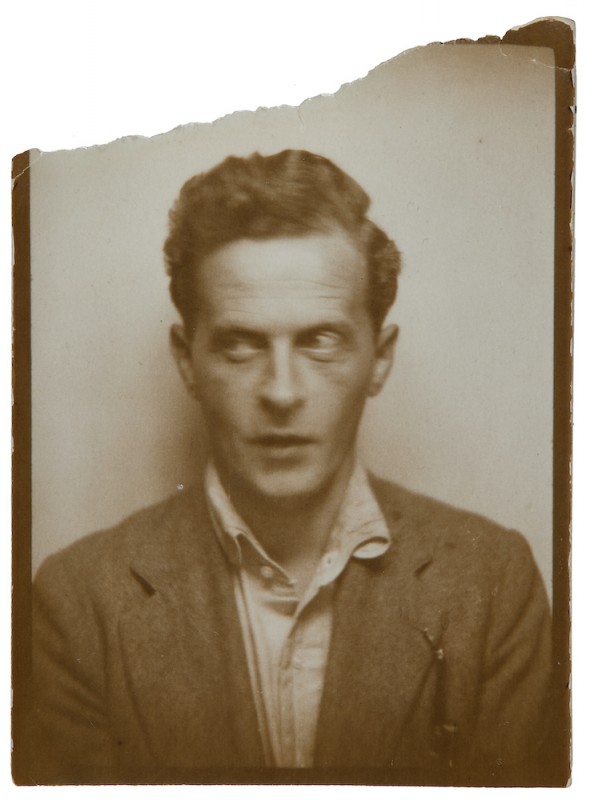
Photo booth portrait of Ludwig Wittgenstein, ca. 1930 © Mila Palm Collection, Vienna. Photo: Leopold Museum, Vienna/Manfred Thumberger
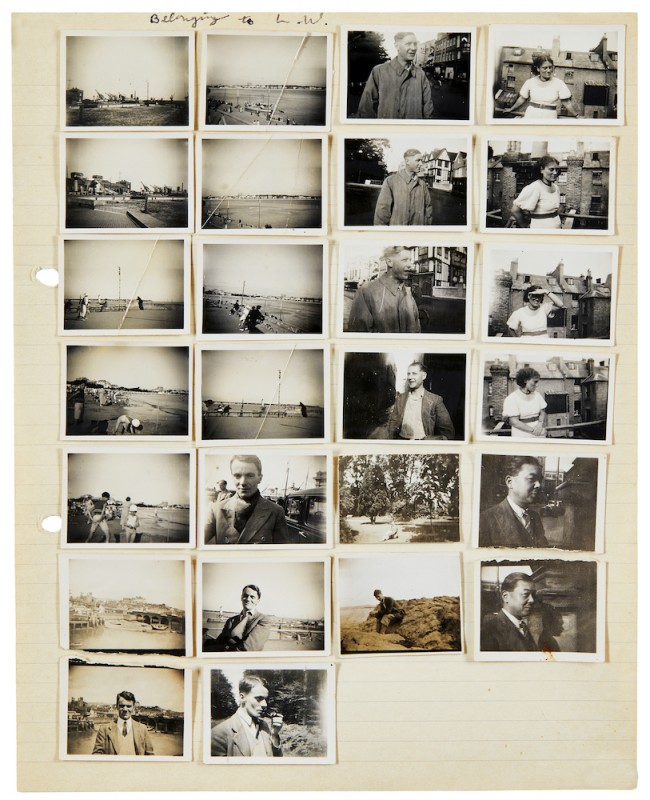
Ludwig Wittgenstein, Belonging to L.W., photographs by Ludwig Wittgenstein, taken with a pocket camera, stuck by Ben Richards on the front side of a lined paper, 1936 © Wittgenstein Archive Cambridge. Photo: Leopold Museum, Vienna/Manfred Thumberger
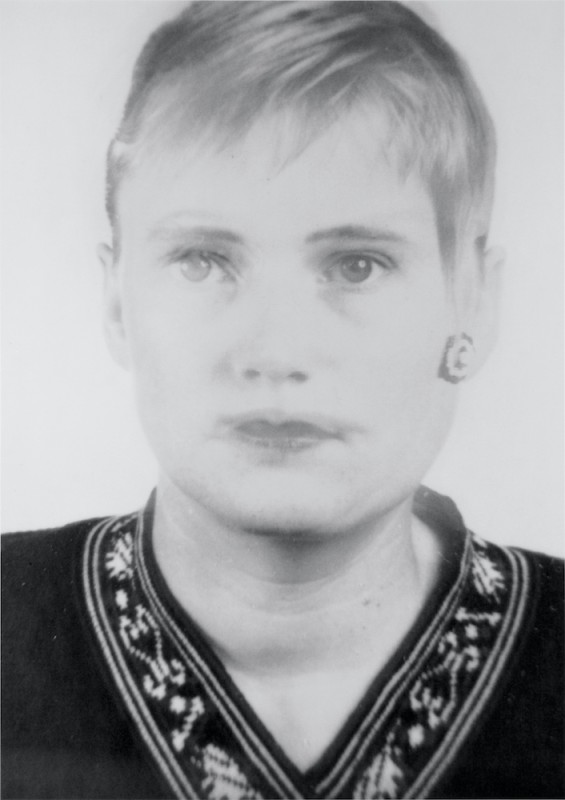
Thomas Ruff, different portrait 109A/32, 1994/95 © Courtesy Thomas Ruff. Photo: Thomas Ruff. © Bildrecht, Vienna 2021
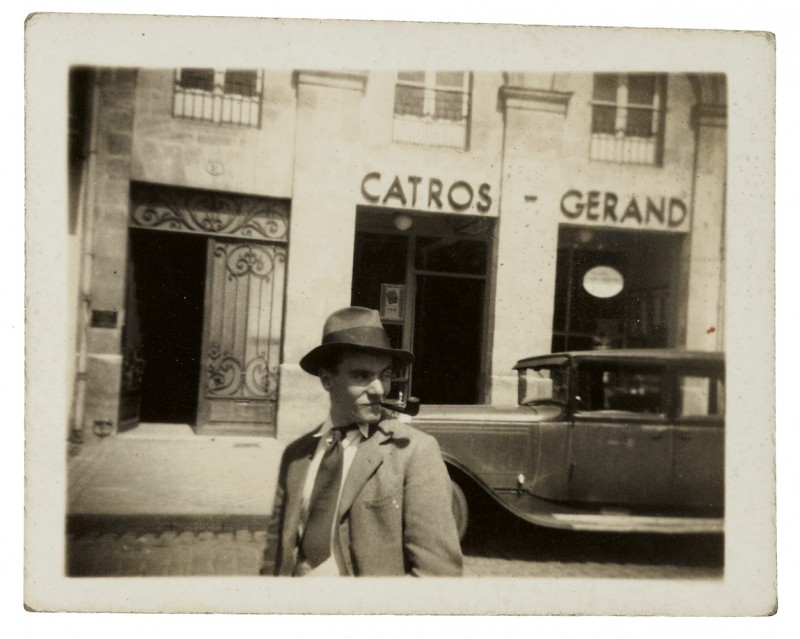
Ludwig Wittgenstein, Gilbert Pattisson with pipe in front of CATROS – GERAND, France, 1936. © Trinity College, Cambridge, Witt.402.photo3. Photo: Master and Fellows of Trinity College Cambridge. © Master and Fellows of Trinity College, Cambridge
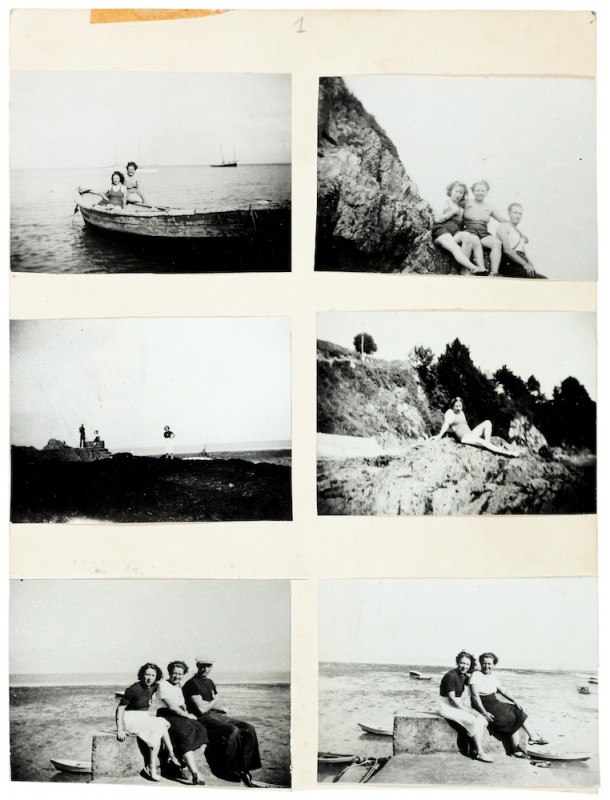
Christian Boltanski, 1939–1964. Album of photos of the D. family, 1971 (Detail). © MUSEUM MMK FÜR MODERNE KUNST Archive Jean-Christophe Ammann. Photo: Museum MMK für Moderne Kunst/Axel Schneider, Frankfurt am Main. © Bildrecht Vienna, 2021
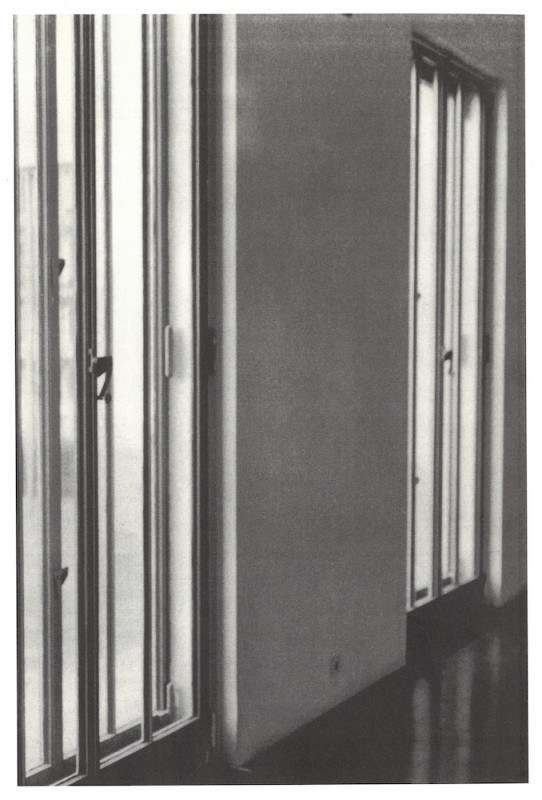
Günther Förg, Wittgenstein II, 1998 © Private collection. Photo: Günther Förg (from: Günther Förg – Fenster, die fehlen. Vienna 1998, exhibition catalogue. BAWAG Foundation Vienna, 04.12.1998–23.01.1999). © Bildrecht, Vienna 2021
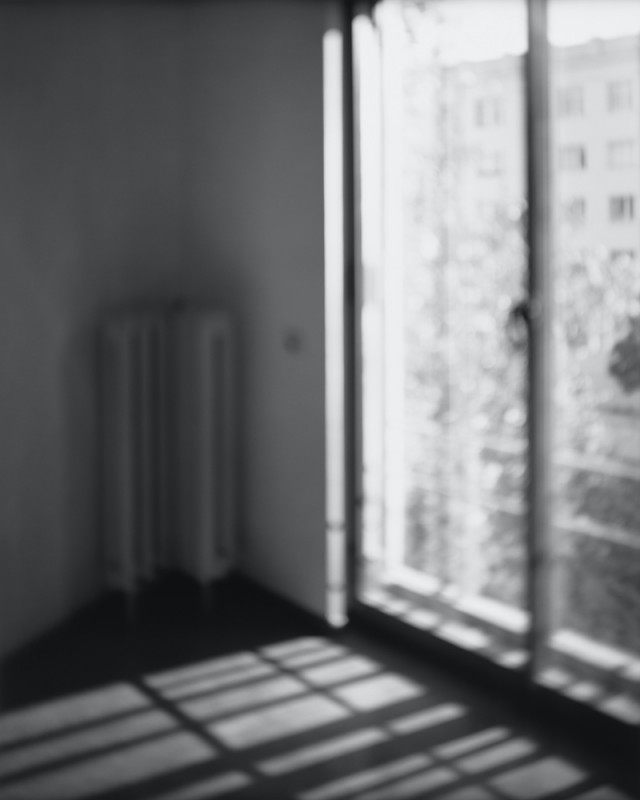
Hiroshi Sugimoto, Wittgenstein House, 2001. © Hiroshi Sugimoto / Courtesy of Gallery Koyanagi. Photo: Hiroshi Sugimoto/Courtesy of Gallery Koyanagi. © Hiroshi Sugimoto
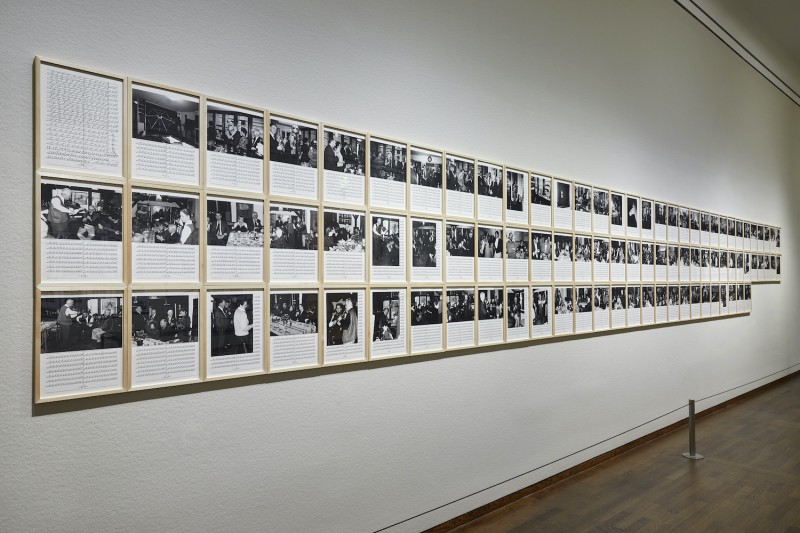
View of the exhibition, Ludwig Wittgenstein. © Leopold Museum, Vienna. Photo: Lisa Rastl
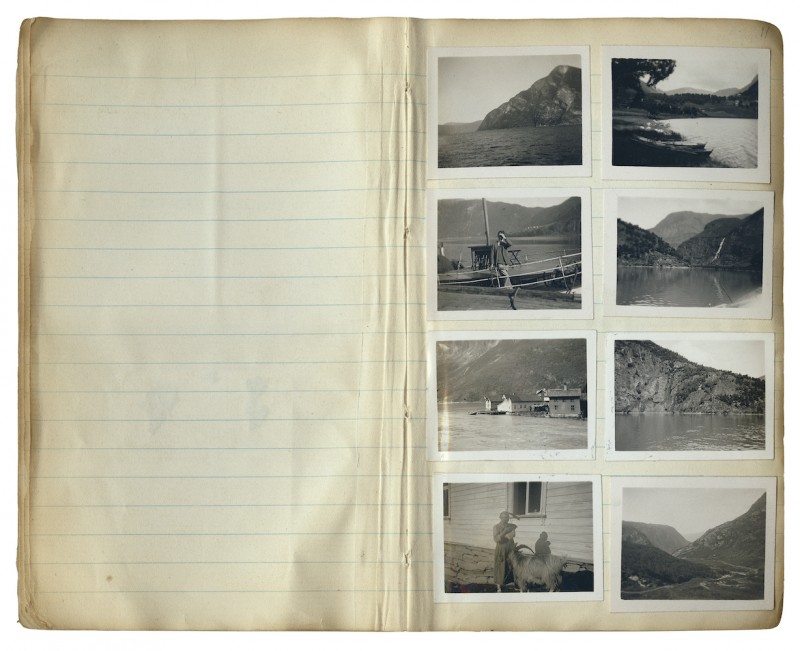
Ludwig Wittgenstein, Gilbert Pattisson, Ludwig Wittgenstein's photo album: with Gilbert Pattison in Skjolden (Norway), July 1931. © Wittgenstein Archive Cambridge. Photo: Leopold Museum, Vienna/Manfred Thumberger